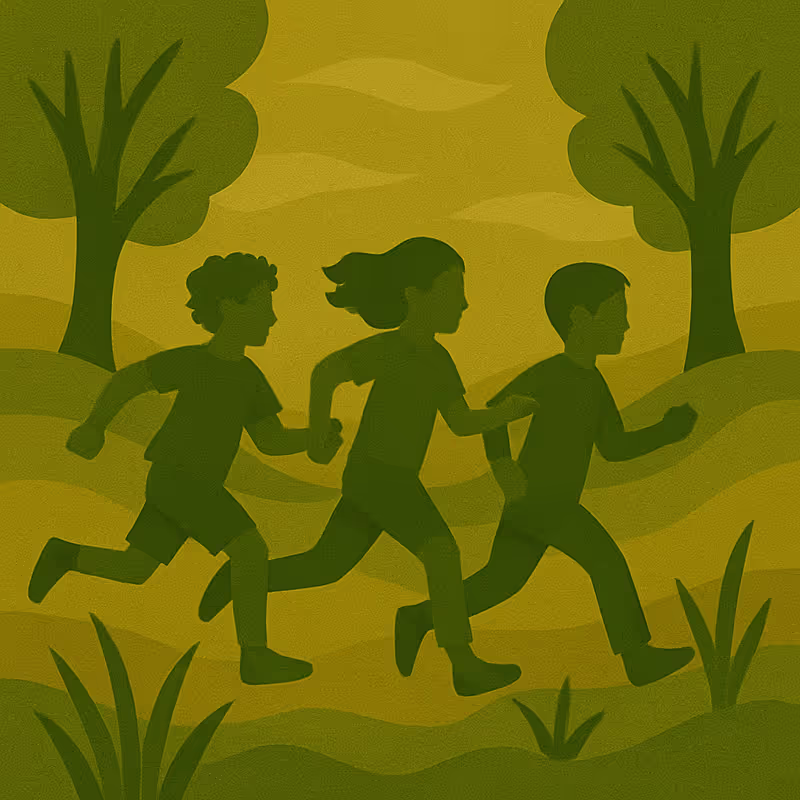Learning objectives:
- Define the fashion system and explain its key stages
- Explain how fashion contributes to biodiversity loss through land use, pollution, climate change and resources extraction
- Reflect on own and other people’s reasons for buying new clothes
What is the fashion system?
The fashion system includes all actors and processes involved in clothing production and consumption, from the extraction of raw materials, manufacturing, distribution to retailers, marketing and advertising, to consumer use and end-of-life (Leventon, et al., 2024).
The system is highly globalised: most people cannot imagine the complex journey their clothes undertake before reaching store shelves.
As you may recall from the module Biodiversity and the natural world in crisis, biodiversity refers to the diversity of life on our planet: from genetic diversity to species diversity and ecosystem diversity.
Nature includes the totality of life on Earth, including plants, animals, ecosystems, geology, and other environmental systems (like the climate). According to many cultures, nature also includes human beings as part of - and not separate from - the natural world.
Fashion’s direct drivers of biodiversity loss
Based on a recent study (Navarro-Gambín, et al., 2025) conducted by the University of Pisa in the PLANET4B project, the fashion system directly contributes to biodiversity loss through three key drivers:
Land use change:
- Refers to how humans alter the natural landscape and its purposes to suit their needs (e.g. from forest to agricultural land or urban development).
- It is fashion’s biggest driver of biodiversity loss: fashion production uses vast amounts of land for raw material extraction (cotton farms), livestock grazing and feed production (for wool and leather), and forestry (for viscose and other cellulose fibres such as modal and lyocell).
- These land conversions lead to deforestation, soil degradation, and habitat destruction, which are devastating for biodiversity.
Pollution (mainly of water):
- The fashion industry is responsible for pollution across its supply chain through pesticides and fertilisers used in cotton farming, manure, antibiotics from livestock, dyes from manufacturing, microplastic release and detergents from washing.
- Pollutants disrupt ecosystems, poison aquatic life and insects, and degrade soil health.
Climate change:
- The fashion industry is the fourth largest greenhouse gases emitting sector through: synthetic material production, raw material extraction (fossil fuels for fertilisers and pesticides, land use change, emissions from livestock), consumer use (energy used for washing, drying, ironing), end-of-life (landfills and burning releasing greenhouse gases).
- These emissions accelerate climate change, which in turn leads to sea level rise, changes in temperature and increase in extreme weather events, destroying habitats, and disrupting species and ecosystems.
In the PLANET4B project, the University of Pisa examined the fashion sector’s impact on biodiversity. You can watch this video (3’) below to learn more about their research in PLANET4B and discover the results in their paper (Navarro-Gambín, et al., 2025) available open access here.
The fashion system also has an insatiable appetite for natural resources. Natural fibres (cotton, hemp, wool, linen), synthetic fibres (made from fossil fuels - polyester, nylon, acrylic), and semi-synthetic fibres (mostly made from wood pulp – viscose, lyocell, modal) rely on raw material extraction.
On top of raw materials needed for making fibre, the process of manufacturing clothes also requires other inputs such as land, energy, water, chemicals (fertilisers, pesticides, dyes) and human labour (Fletcher & Tham, 2019, p. 36). These inputs are not only required at the manufacturing stage, but throughout the life cycle of clothes, in the context of transportation, consumer use and disposal of the clothes.
This entire process takes place at an accelerated rate.
Like the broader economic system, the fashion industry is driven by a relentless pursuit of economic growth. Companies overproduce clothing and promote overconsumption (Arthur, 2024, p. 12), leading to ever-increasing extraction of natural resources.
This puts immense pressure on biodiversity, ecosystems, and climate stability. It also significantly impacts human wellbeing.
Activity: Why do we really buy new clothes? (5’)
Source: Activity adapted from Maldini, 2019
Prompt: We’ve seen how a simple cotton T-shirt requires land, water, chemicals, labour, and energy from all over the world. But why do we buy new clothes?
Write down the last 2-3 items of clothing you acquired, and the reason behind each of them. Why did you get them?
In a six-month ‘wardrobe study’ (2019), researcher Irene Maldini tracked why people added new clothes to their wardrobes. Each reason was classified into one of six categories:
- Functional (for comfort, for warmth)
- Opportunity (sales, unexpected finds, items for free)
- Special occasion (event-related, e.g. wedding)
- Aesthetic (look, colours, style appeal)
- Need / want (anticipated use, e.g. ‘I want this for summer’, or ‘I need this to go with my new shoes)
- Replacement (worn-out, lost or outgrown items)
Which of these reasons do you think was most common among the participants in the study, and which do you think was the least common?
Here’s what the study found (Maldini, 2019):

Replacement and functionality were the least common reasons people got new items in their wardrobe.
- What did you find surprising in the results?
- How does it challenge the idea that consumption is mostly need-based (for functionality and replacement)?
- What does this imply about the drivers of overproduction in the fashion system?
If most purchases aren’t about replacing what is worn out or meeting a need for warmth or comfort, then the fashion system doesn't seem to respond to actual need. Then, what is driving this cycle of overproduction?


















